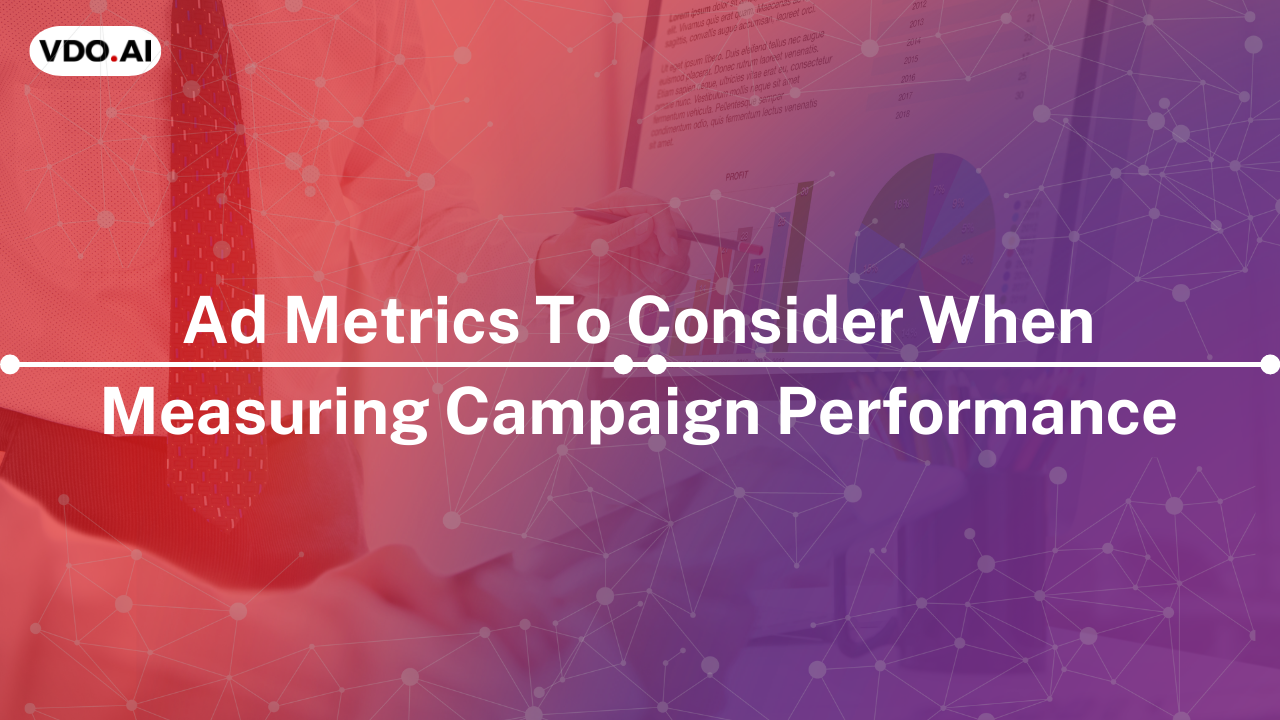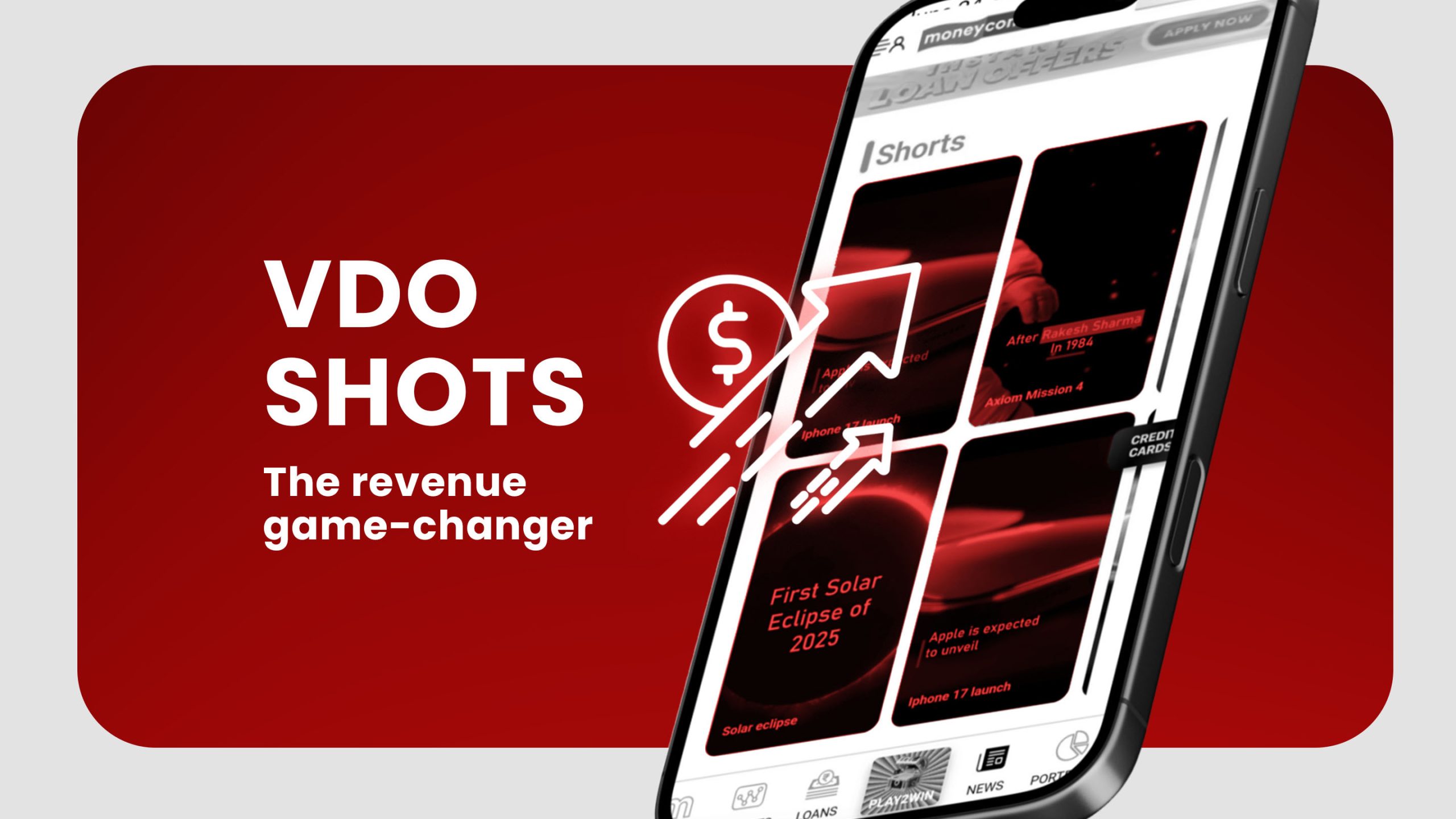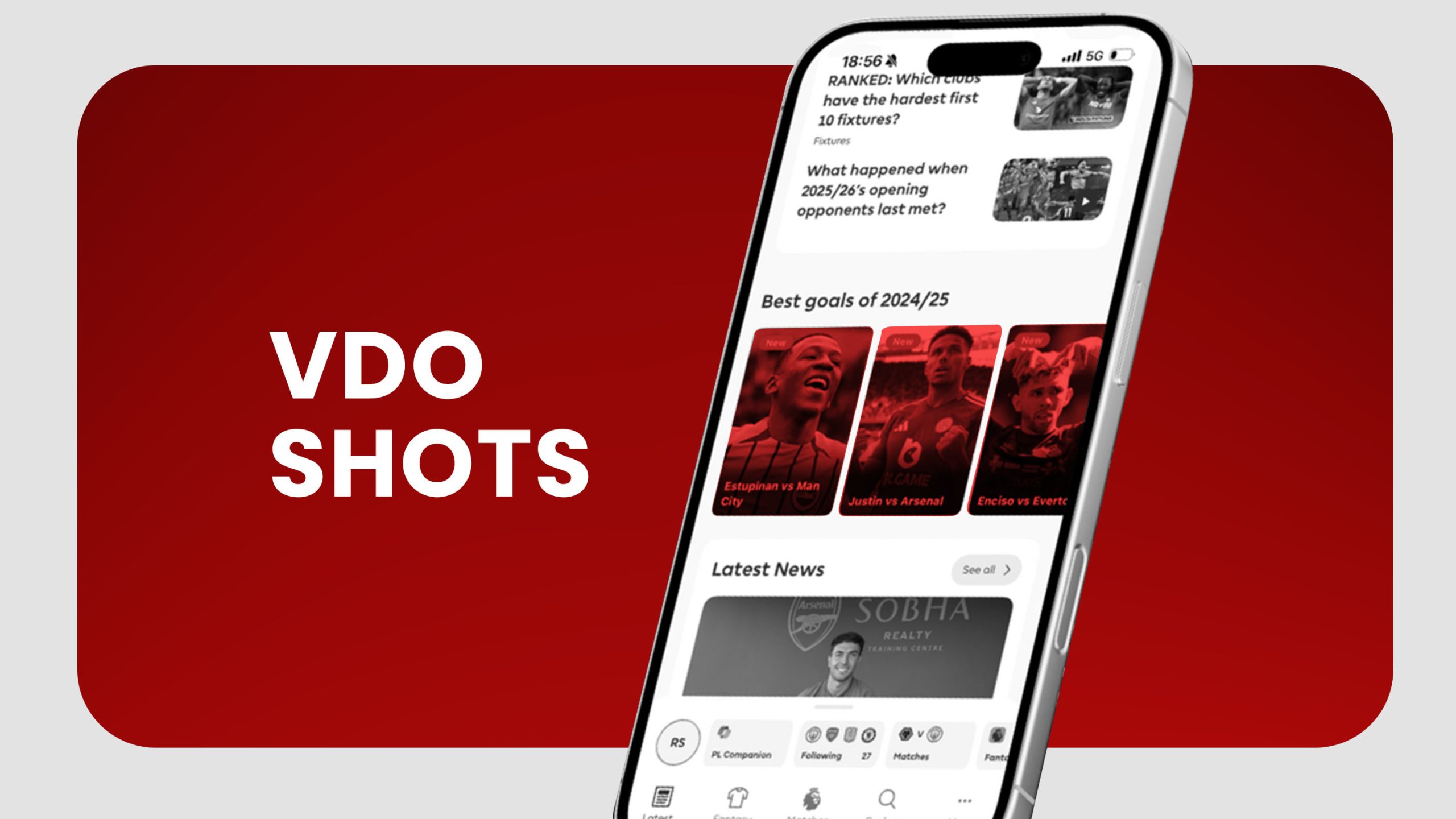There is no doubt that digital advertising is necessary for brands to survive and thrive in the continuously changing digital landscape, but what’s even more important is effectively measuring the performance of ad campaigns to gain a clear understanding of what’s working and what’s not. The process of analyzing and measuring ad metrics can sound very overwhelming and tedious to advertisers.
Advertisers might feel perplexed when they look into multiple metrics through data, graphs, and pie charts. Although every metric has its own importance, some metrics are more valuable and reliable than others. Here are the most common metrics that advertisers need to know in order to gauge the success of campaigns.
1. Impressions

The total number of times the ad has been displayed is what equates to impressions. Since the ad may have been served to the same individual more than once, impressions do not reflect the number of people who view the ad. If the advertisement was actually seen by the people to whom it was served, it would not be indicated by the impression metric. It is possible that the users just scrolled through the ad without paying attention, though this majorly depends on whether it was rightly targeted and was engaging enough to capture the eye.
While impressions probably determine how much money is paid for the campaign, they give a general idea of how well the ad is performing and form the basis for calculating other important metrics like click-through rate.
2. Click Through Rate
Measuring the ability of the ad to persuade users to click on it, the click-through rate is one of the most reliable KPIs that advertisers need to take into account. A low CTR indicates that the ad was not able to encourage the users to take the desired action. In this case, altering the placement of the call-to-action might be a good option.
Due to the shortened attention span, people usually don’t watch videos until the end. Thus, placing the CTA button at the beginning or in the middle of the video ad could help boost CTR. But users who watch the ad all the way through are more likely to take action than someone who skips it before reaching the end. This is why optimizing the ads for the best customer experience so that users reach the end of the video is the best way to increase CTR.
3. Video Completion Rate

The video completion rate determines the number of times a video is played till the end. It is a key metric to consider when measuring the success of video advertising campaigns. The video content or format not being compelling enough is one of the primary reasons for the low video completion rate. For an ad to make an impact, it needs to strike the right chord with the target audience. The likelihood that viewers will watch the entire ad increases with how closely it relates to them. Being able to make users watch the ad all the way to the end can also increase conversion rates.
Analyzing video completion rates not only helps advertisers to better understand the scope of improvement but also helps in setting goals for their next ad campaign.
4. View Count
The view count is the total number of times a video ad has been watched in total. Although a high view count proves that the ad has received attention from many people, it is not something to rely upon when measuring ad performance. The ad could be getting millions of views from the wrong audience. There are also chances of the video ad getting a lot of plays, but the average percentage watched is low.
Hundreds of thousands of views don’t count much if no action is taken by the viewer, offering brands little to no advantage. However, the view count provides a rough idea of the ad campaign’s overall reach. Even if the ad is not always seen, this metric enables advertisers to measure the reach of one campaign against another.
5. Conversion

The purpose of advertising is to expand brand reach and gain new customers for the sole purpose of making more money than what was invested. Measuring the number of people who clicked on the ad and converted into customers might not justify the actual performance of the ad campaign. These conversions are surely a direct result of the campaign, but there could be other indirect conversions too, which when not considered might give a wrong idea of the campaign’s performance.
There could be people who might not have clicked on the ad when it was being displayed but later visited the website and became customers because they were somewhat influenced by the ad. Thus, it is vital to consider every factor when measuring ad performance.
Conclusion
There are many more metrics to evaluate when assessing the effectiveness of ad campaigns. Focusing on one while disregarding the others is not recommended. Rather, a combination of metrics should be considered depending on the kind and format of the ad being run. The key is to use these metrics to the brand’s advantage and continuously optimize the campaigns for better conversions.
VDO.AI helps advertisers keep track of all the major metrics with complete transparency through self-service dashboards. Providing a comprehensive insight into each significant metric, VDO.AI ensures the campaign succeeds while delivering engagement-driven experiences to target audiences.
Get started with VDO.AI here to make your next ad campaign a huge success!







